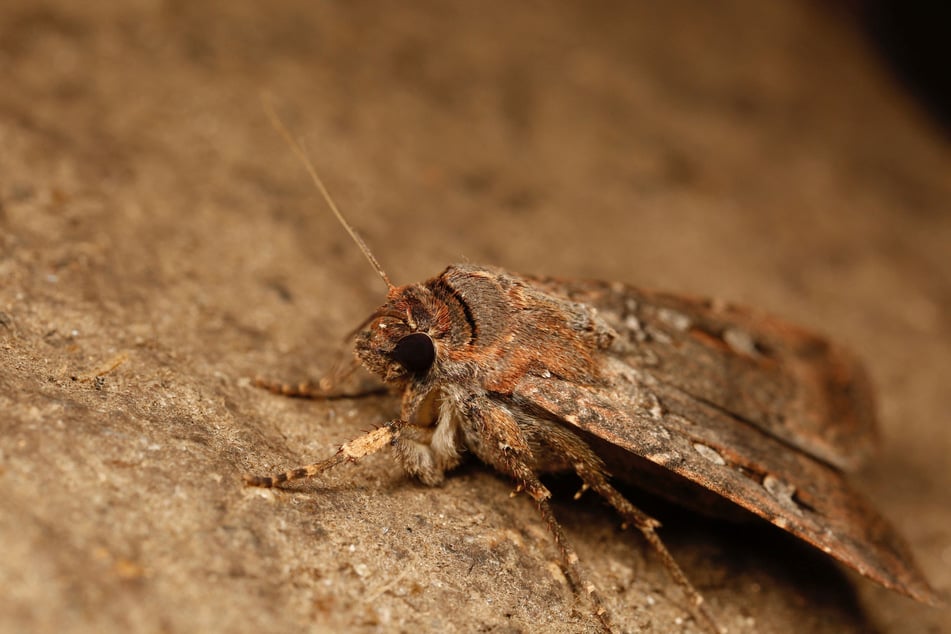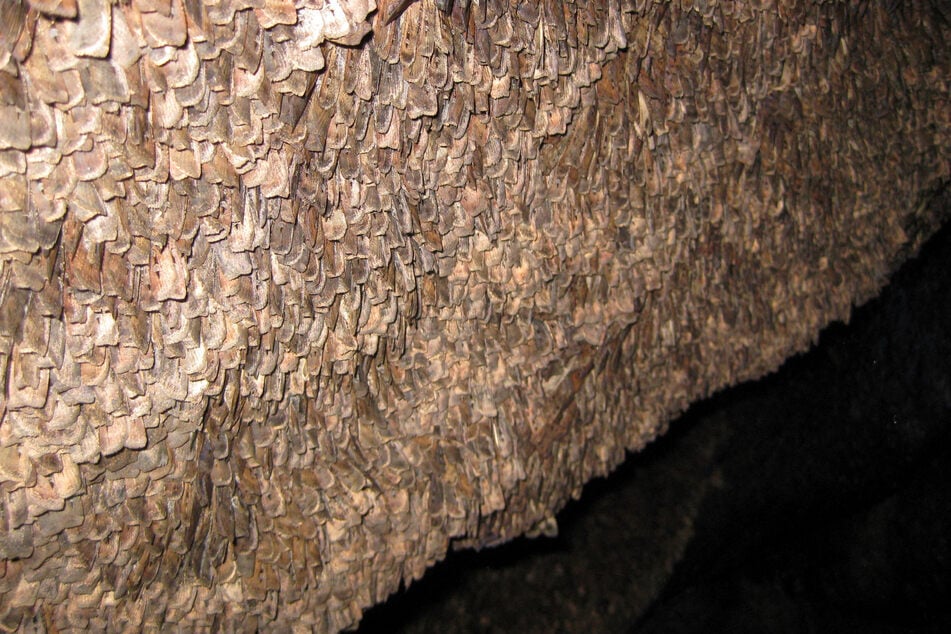Moth discovered using stars to navigate long distances in landmark findings!
A species of Australian moth travels up to a thousand kilometers every summer using the stars to navigate, scientists said this week, the first time this talent has been discovered in an invertebrate covering vast distances.

It has recently been discovered that they can use Earth's magnetic field like a compass to stay on track during their trip of up to 1,000 kilometers (620 miles).
Now, a study published in the journal Nature has found that the moths can also use the light from the stars and the Milky Way to find their way through the dark.
"This is the first invertebrate that's known to be able to use the stars for that purpose," study co-author Eric Warrant of Sweden's Lund University said.
The only other invertebrate known to use stars for orientation is dung beetles – but that is over very short distances, Warrant said.
Out of all the animal kingdom, only some birds, possibly seals, and, of course, humans can use starlight to navigate long distances.
Bogong moths, which are around three centimeters long and are named after the Indigenous Australian word for brown, now join that list.
Researchers study moth phenomenon with "flight simulator" tests

To study this phenomenon, the international team of researchers put some Bogong moths in a small enclosure and projected different maps of the night sky onto its ceiling.
The moth was tethered to a rod connected to the top of the enclosure, which precisely recorded which directions it tried to fly in.
This "flight simulator" first confirmed that Bogong moths can in fact navigate using their internal magnetic compass, said lead study author David Dreyer, also of Lund University.
Then the researchers removed the effect of Earth's magnetic field in the enclosure.
"To our surprise," the moths were still able to find the right direction, Dreyer said.
When they rotated the sky 180 degrees, the moths changed their flight to follow along.
And when the researchers projected weird, incorrect maps of the night sky, the moths became erratic and lost.
This reinforced that the insects can not only navigate by the sky, but can follow along during the night when the relative positions of the stars shift along with Earth's rotation.
No one knows exactly how the Bogong moth manages this feat.
One theory is that they sometimes "cross-check" their direction with their magnetic compass, Dreyer said.

After the moths have seen out the sweltering summer, they return to their coastal birthplace to reproduce before dying.
Cover photo: Ajay Narendra / Macquarie University / AFP

